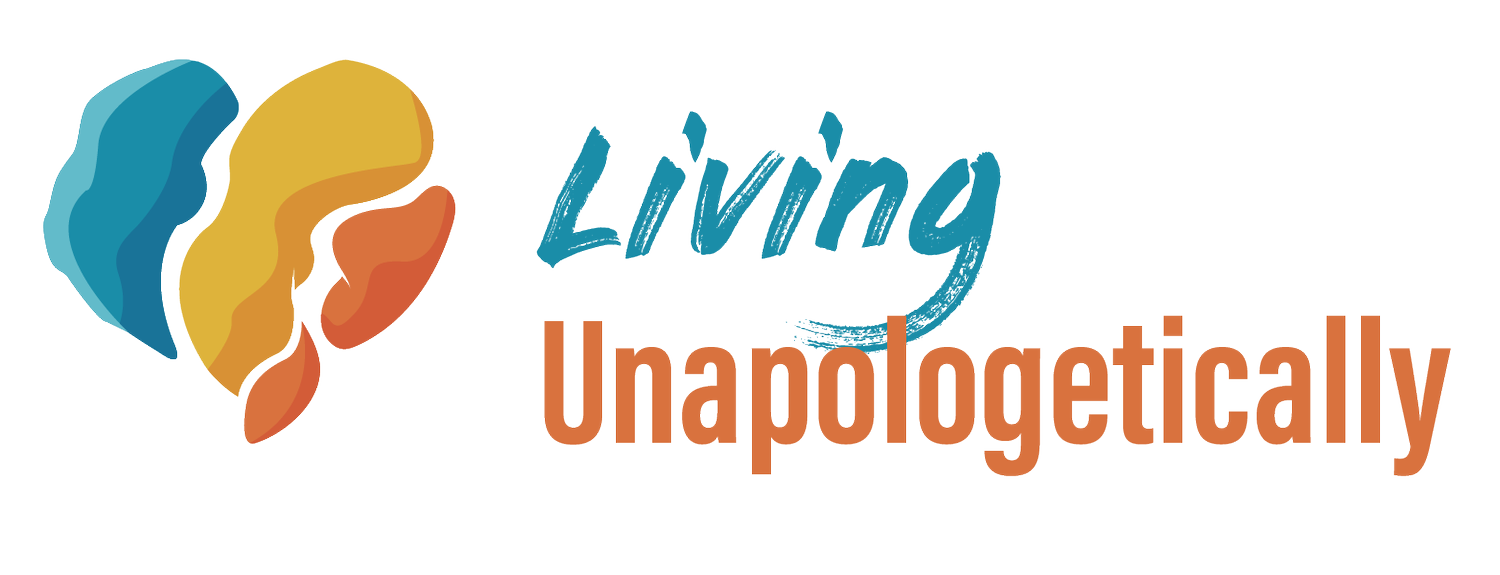How Do I Know It’s Time for a Needs Assessment?
There was a time when employees seemed to only care about flashy workplace perks - the foosball tables, the chartered buses, the catered lunches. Now, we’re moving into a different consciousness, one where the invisible things like feelings of safety and inclusion are quickly becoming the most important factors in job satisfaction. This shift is demanding more of agency leaders, and the old way of managing teams can only get you so far.
As a leader in this new reality, you may feel incredible pressure to act quickly and deliver immediate results for your staff. But moving too quickly or adopting strategies for equity, diversity, and inclusion (EDI) just for the sake of doing so can have the opposite effect you’re intending.
The desire to take on EDI work is admirable, and it also comes with the expectation that success will require commitment and follow through. Performative actions can cause staff to lose faith along the way, so it’s important to assess your level of readiness before diving in. So how do you know if you’re ready to embark on this journey?
SEEING THE NEED
Luckily, there are a few concrete signs in your organization that can indicate the need for a needs assessment to start creating an EDI-informed workplace culture.
You use superficial surveys: at the most basic level, employee satisfaction surveys are a crucial opportunity to implement EDI practices. If your surveys don’t currently reflect the complexity of your employees’ identities and ask how they experience your workplace, that’s a good sign that more work needs to be done.
You leapt before looking: in your passion for creating a safer and more inclusive environment for staff, you may have jumped into action and implemented new practices in the spirit of EDI. But before you go too far, are you certain that these are the issues that need to be addressed? Conducting a needs assessment will help you identify the true EDI growth areas for your organization and ensure you’re devoting resources to the right places.
Your employees are talking: at the end of the day, there’s a good chance you will also hear directly from your employees. Their work doesn’t happen in a vacuum and they are keenly aware of how EDI fits into their day-to-day. It can feel frustrating to hear staff say that your organization’s EDI efforts are just not enough, and this is most likely to happen when a leader is doing work internally but not bringing that to life throughout the organization. Instead, take a moment to bring meaningful work into action with strategic planning that includes all levels of employees and the intersecting identities they represent.
FEELING THE NEED
In addition to what you’re seeing in your organization, you also have your gut. You wouldn’t be where you are as a leader if your intuition didn’t steer you in the right direction, and this is another opportunity to listen and act on it — strategically, of course.
You have an itch: there’s no other way to describe it. You know you need to do something but you don’t know exactly what or where to start. A needs assessment is a way to ground yourself in information that you can then use to make a strategic plan for meaningful change.
You feel isolated: expanding on the concept of The Itch, you are aware that something needs to happen but you also feel so alone. You feel the burden of trying to make change as one person, and the thought overwhelms you. You are, of course, not alone, and a needs assessment and the strategic plan that comes from it can help ease those feelings of isolation.
You are open to accountability: being open to receiving feedback and going through the growth and possible discomfort that comes with improving is another great indication that you are ready to take on a needs assessment. You recognize how white supremacy has become embedded in the workplace, and this vulnerability and knowing when to step back and learn from others will go a long way in this process.
THE WORK CONTINUES
Once you’ve made the decision to conduct a needs assessment, remember there is more work ahead. A needs assessment asks staff to dig deep and may even surface previous traumas, so you owe it to them to do more than just gather information; use the findings to think and plan strategically for your organization’s future. The information that comes out of a needs assessment will surface areas of improvement for your organization, and you also must commit to devoting the appropriate time and financial resources to this work. EDI efforts have typically been under-funded , and allocating the resources appropriately is an act of equity itself. You must also commit to moving beyond information gathering and into strategic planning.
Contact us if you’re ready to try a new approach to DEI in your organization.
Charmaine is a Relational DEI expert who sits at the intersection of thinking, feeling, and doing. She is an author, facilitator, skill builder, safe-space holder, family member, partner, and friend. And in all of those, her DEI lens is in constant use. Charmaine uses a social justice lens to help clients explore their individual and organizational needs amidst the backdrop of power, privilege, and oppression. You can access her book (Bias-Conscious Leadership), guided meditations, free tips sheets & guides, and blog posts on her website, www.livingunapologetically.com.




